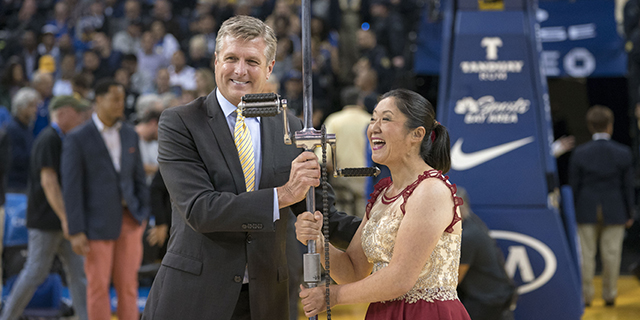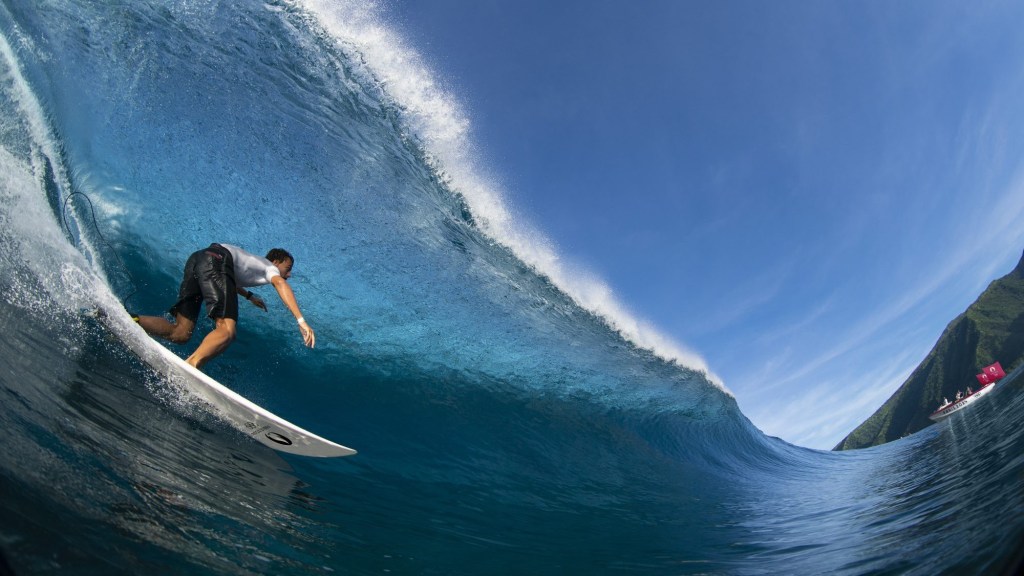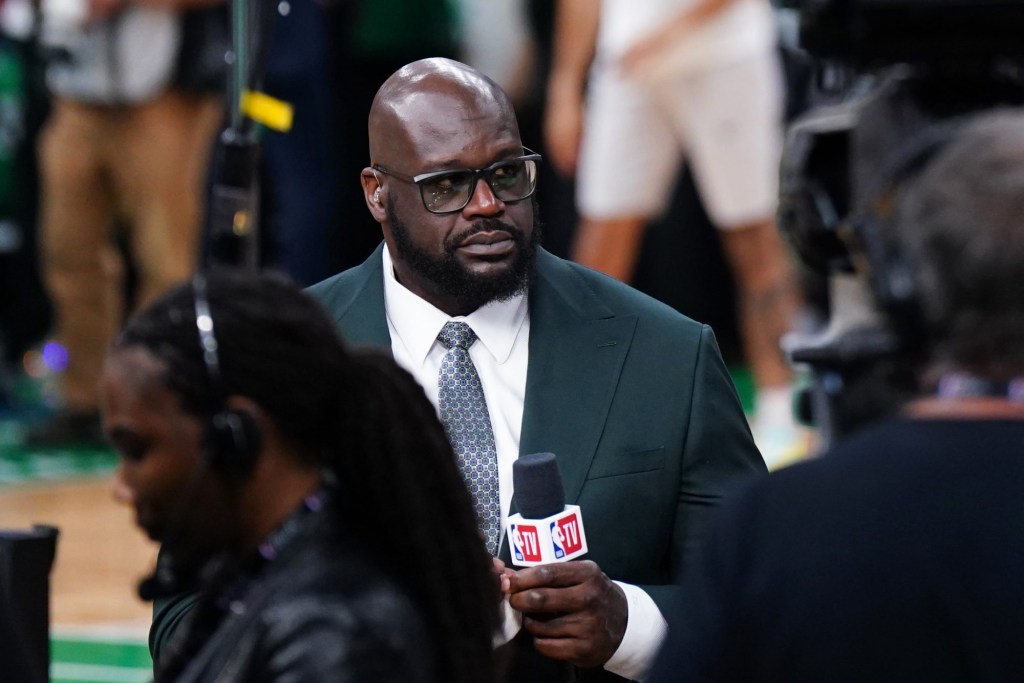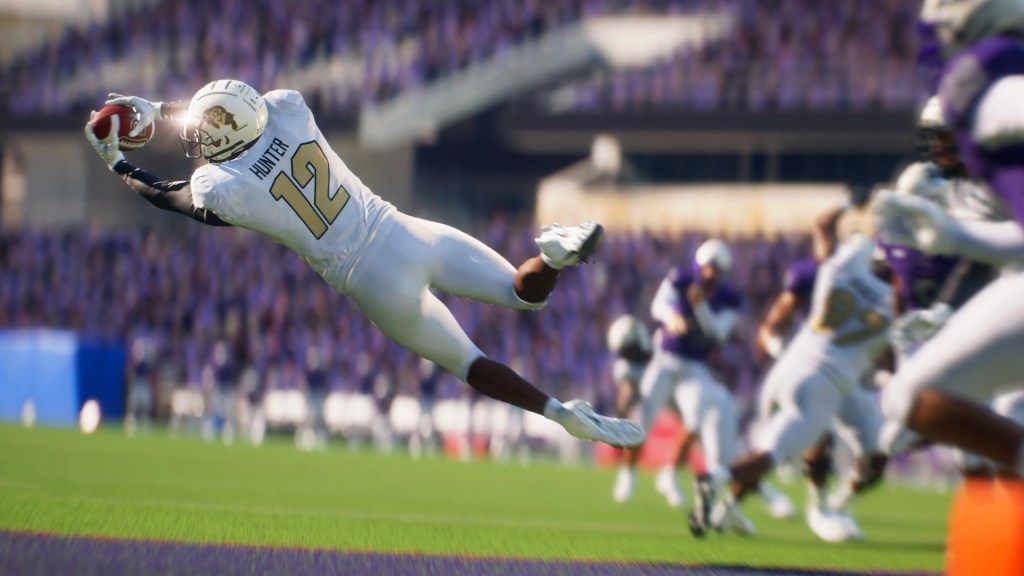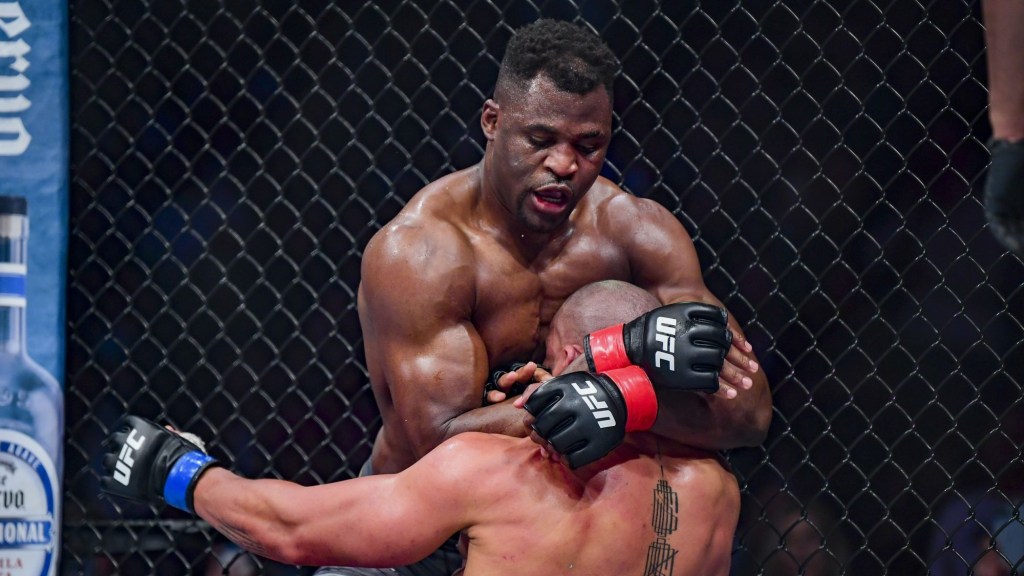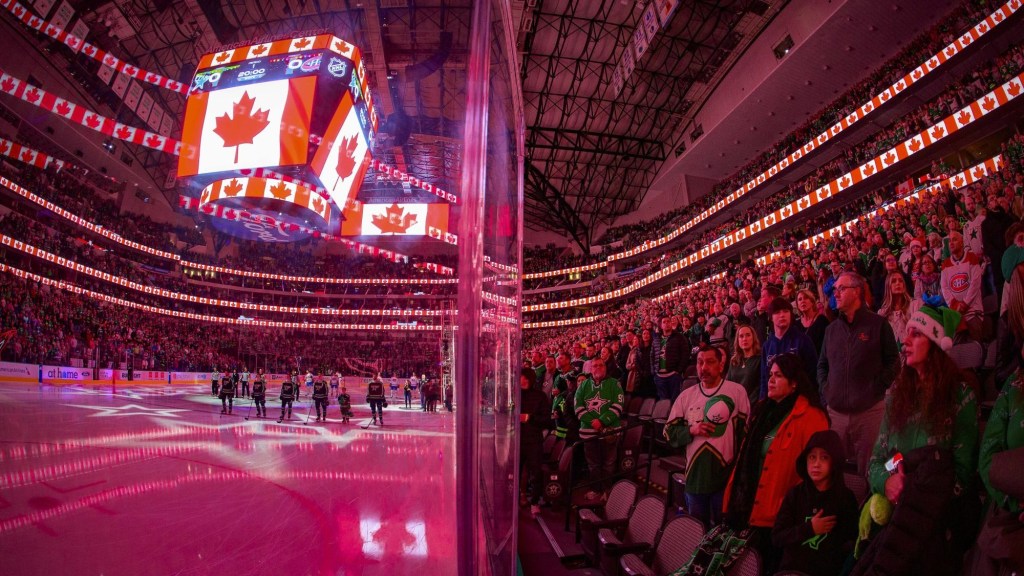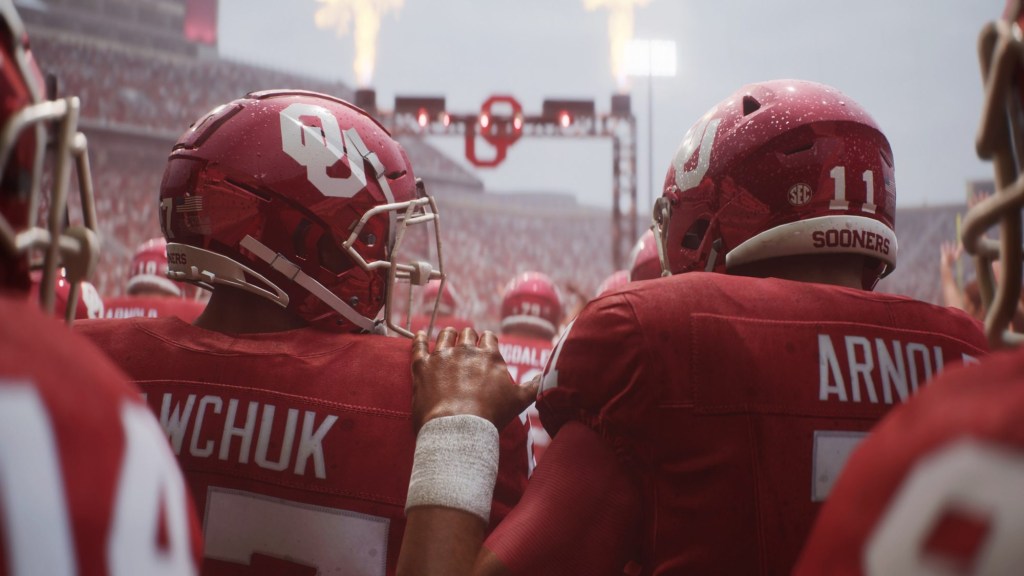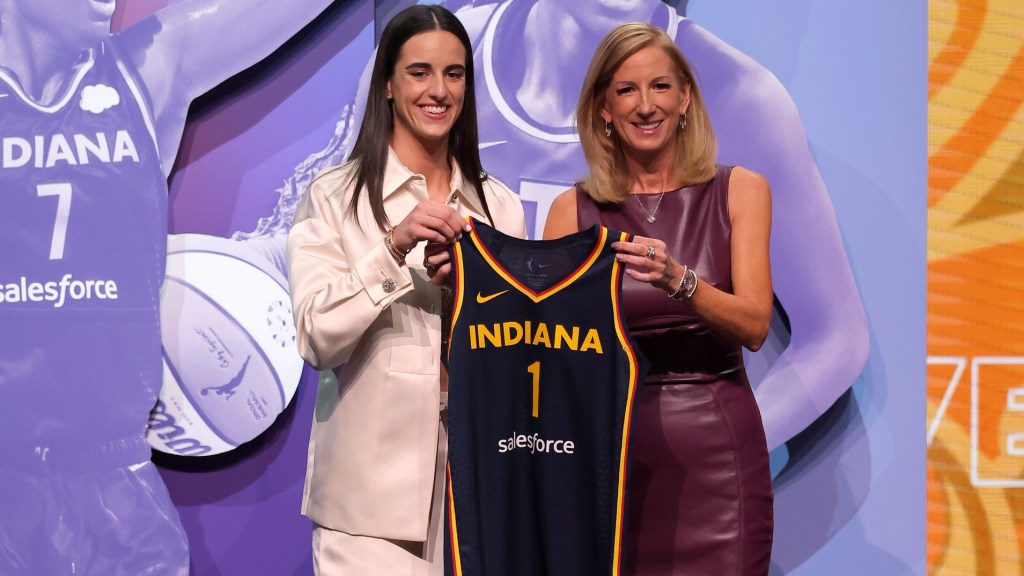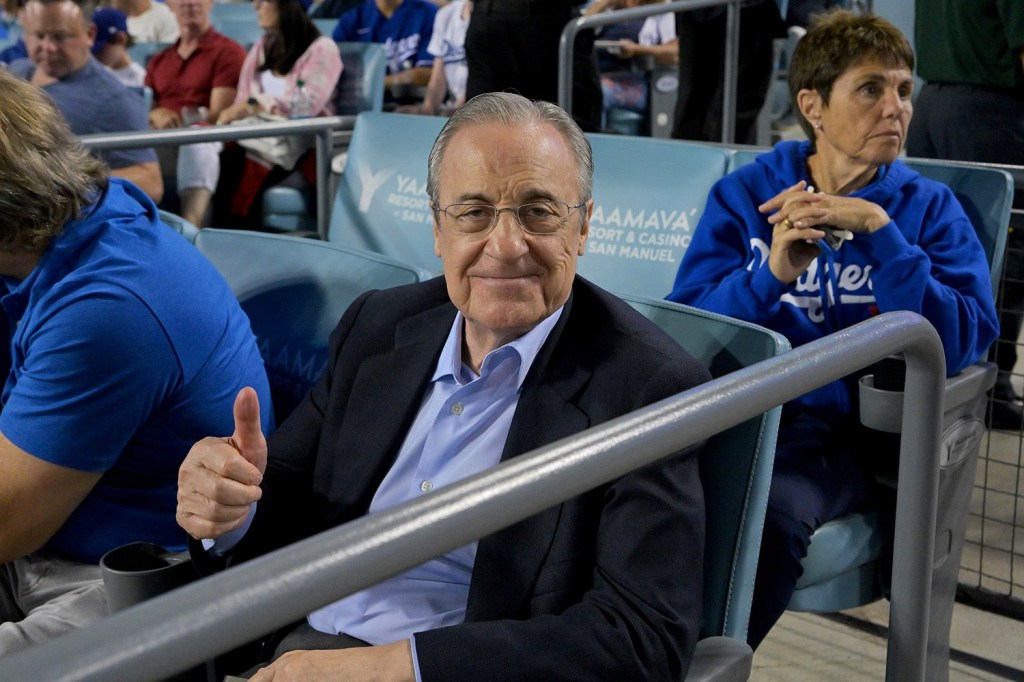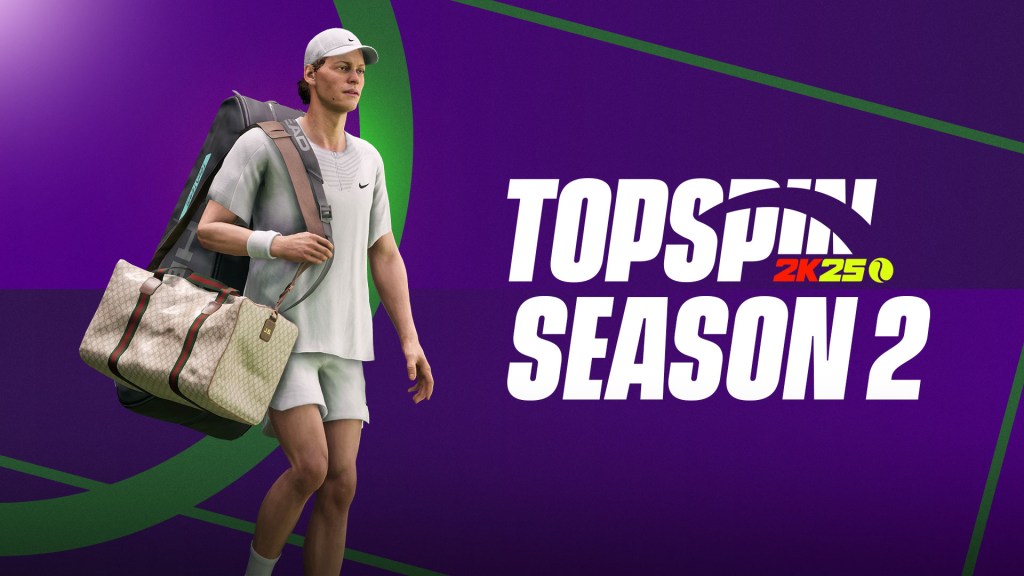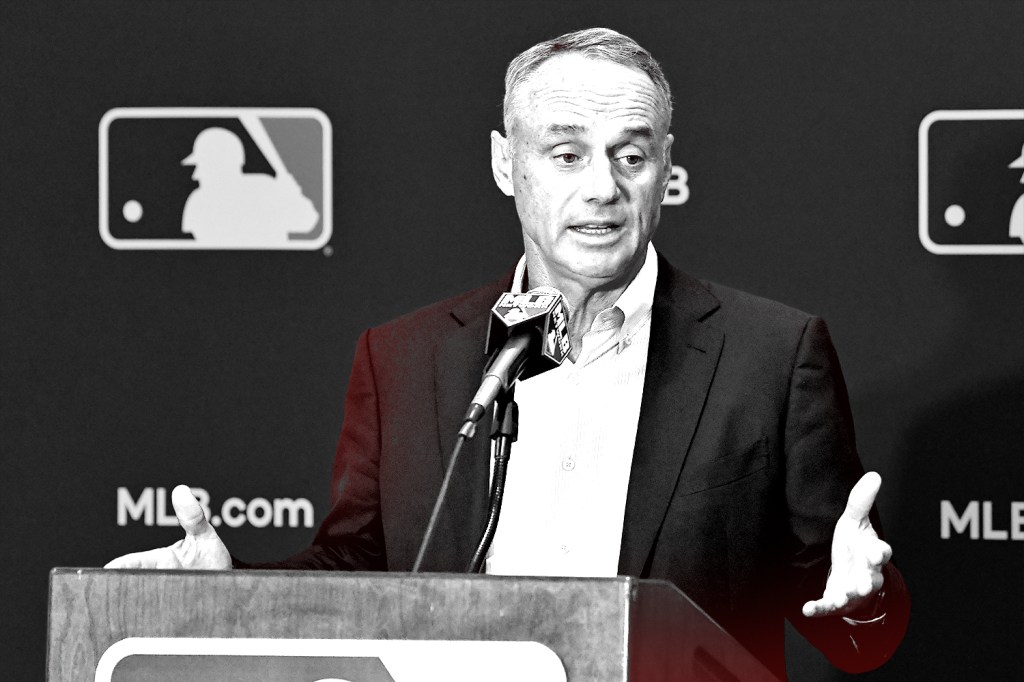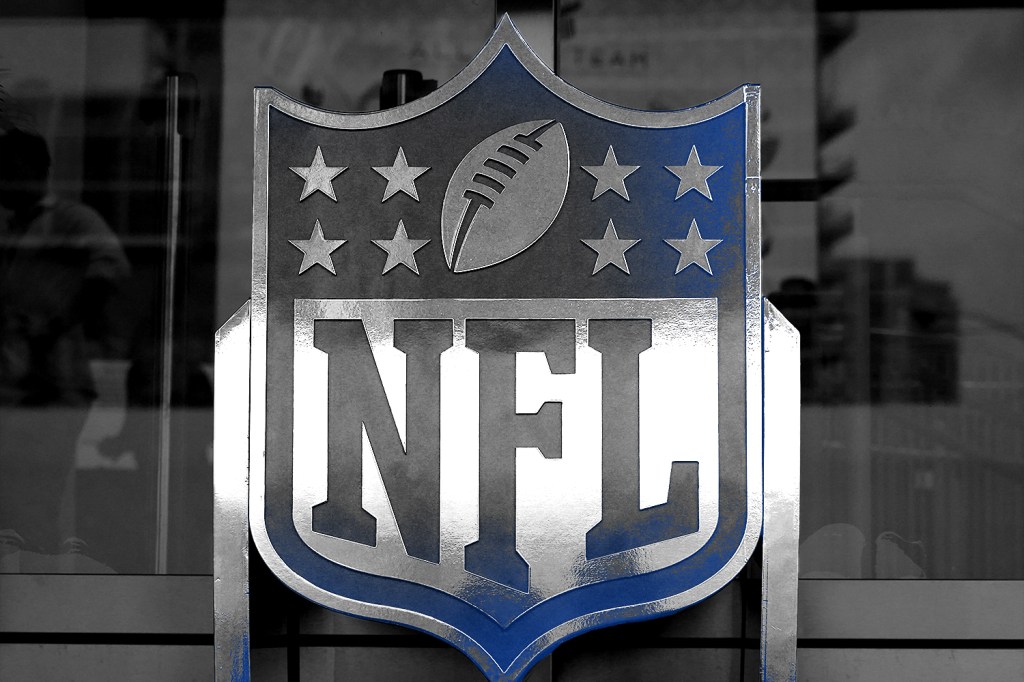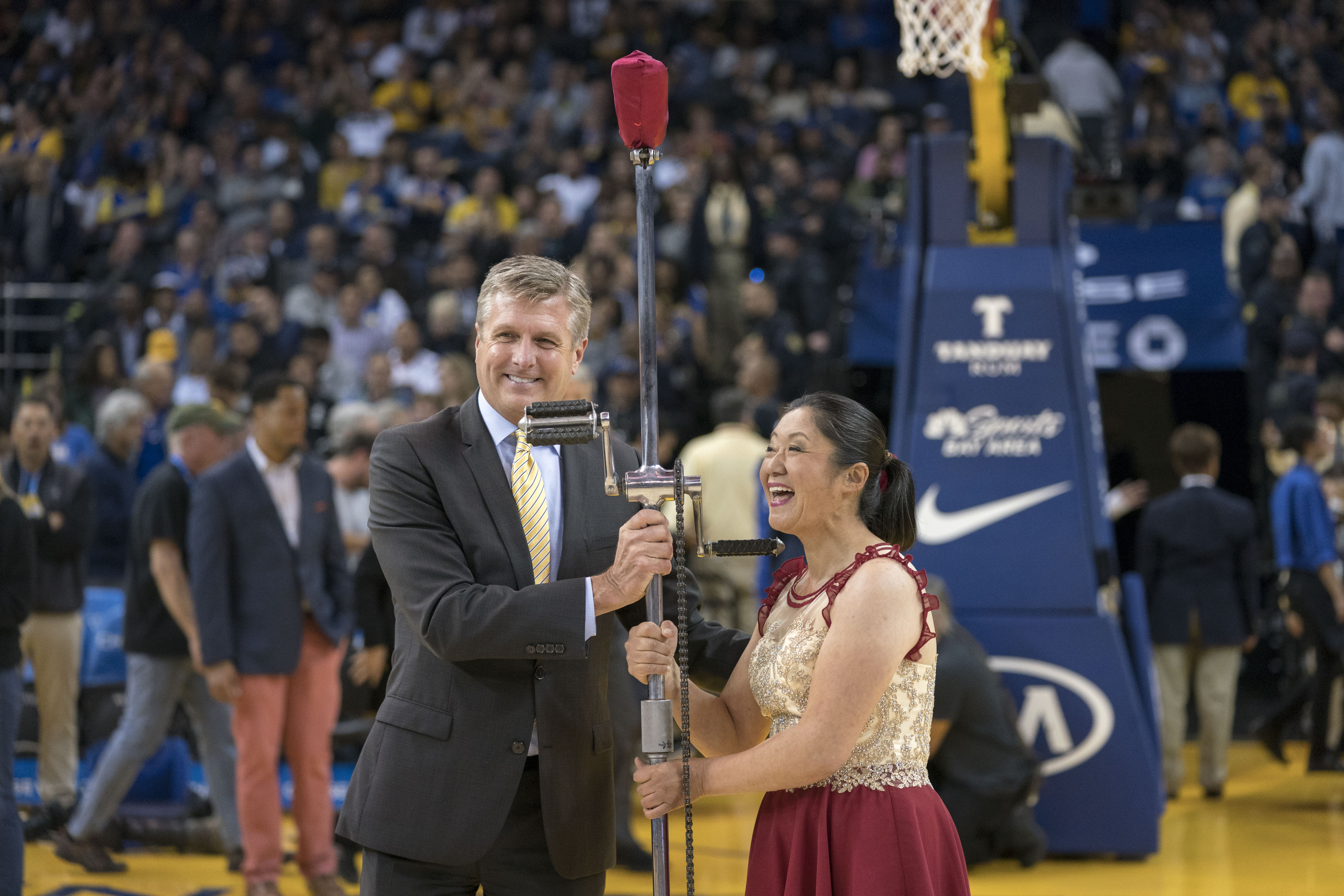
Photo Credit: Kyle Terada-USA TODAY Sports
There are still six months to go before the Golden State Warriors play their first-ever game in Chase Center, its new home in San Francisco’s Mission Bay neighborhood. But, according to Warriors President and COO Rick Welts, “everything’s happening all at once” behind the scenes.
From its 29 retail locations to the 200-plus events it’s expected to host each year to, of course, the basketball team, Chase Center is expected to change San Francisco by providing the sort of hybrid sports-entertainment venue the city has never known. And, for the past seven years, it’s been Welts’ job to help spearhead every step of the building’s development.
Welts sat down with Front Office Sports this week to talk about the move, the team and the wider world of the NBA. In the second of this two-part conversation, he discusses the final games at Oracle Arena, the next frontier of growth in the NBA, broadcast rights both domestically and overseas, mental health and more. This conversation has been lightly edited for clarity.
With these being your last few months in Oracle, how do you as an organization and as a team say farewell to an arena and to a place that means so much to the history of the organization?
Great question, and we have spent the majority of this year focused on exactly that. We think from Day One, I’ve got some credit from our fans, especially our Oakland fans, for having been so transparent about every aspect of the journey the last seven years. There have been no surprises. We’ve done what we’ve said we’re going to do. But this year we themed our season ‘Celebrate 47,’ which represents the 47 years the Warriors have played at Oracle Arena, and we’ve done something every game of the year to try and recognize our history, recognize people, recognize great things that have happened there, great moments that people have experienced. We’re going to continue to do that through the last four home games and on the last regular season game, we have some even more special things planned, which will be surprises for our fans. And then we don’t know really when we’re done, right? Because then the playoffs start and who knows at that point? You won’t know ahead of time when the last game in Oracle has been played. But we really have tried to do everything in our power to honor our history there and to celebrate it.
READ MORE: Rick Welts on the Warriors New Arena and What it Means for the City
Three years ago we introduced our Town jersey, which is the nickname people from Oakland call Oakland. We’ve created the most successful jersey inspired by the Oakland oak tree that we’ve probably ever had, and we’ll be wearing it this year. We’ll be wearing it in the future in San Francisco as just a symbol of the time that we spent in Oakland. A couple of weeks ago, we announced we’re re-purposing our downtown Oakland headquarters. The basketball facility’s going to be dedicated to our camps and clinics programs, so we’ll be able to teach even more kids — thousands more kids a year — how to play the sport of basketball. And our business office complex is being repurposed for our Warriors community foundation. It’s going to house a bunch of the nonprofits that we support through our foundation that is focused on improving the educational outcomes of especially at-risk kids. We’re going to provide office space and office support for a lot of those 501(c)(3)’s that we think have related missions because they’re all being granted funds from the Warriors Community Foundation because they touch some aspect of that improving educational outcomes. I think that is a very big demonstration of what we have been saying, which is we really are going to continue to be as big a part of Oakland as we’ve always been even though we’re playing our games a few miles away in San Francisco.
Branching off that, how do you make sure that message continues to get across to the pure basketball fans who may not be as cognizant or invested in the team’s community initiatives versus simply wanting to see the Warriors play basketball in Oakland and are now no longer able to? How do you make sure you’re engaging those fans and letting them know that, whether it’s San Francisco or Oakland, this is a team for the Bay Area?
Well, just that way. I think we always have been the Bay Area’s team. The history of the Warriors, we started in Philadelphia as the Philadelphia Warriors and we moved to San Francisco as the San Francisco Warriors in 1962. Played there for nine years until we moved to Oakland. We played a year in San Jose when Oracle was being renovated. So we’ve played seasons in San Francisco, Oakland and San Jose in our history. We only have one NBA team. There are two baseball teams and we still have two football teams, at least for another season. Loyalties can be split there, but everybody can be a Warriors fan, because we’re the only team representing the Bay Area and we’ll continue to represent the Bay Area in everything we do. Community outreach-wise, where our players focus their charitable attention. We really do view this as a regional team. We’re not changing the name to the San Francisco Warriors. We’re going to remain the Golden State Warriors and that is very much a reflection of how we kind of view our place in the bigger community.
Shifting gears to a broader NBA level, what do you think the next frontier of growth is for the league?
Well, I think we’re seeing a lot of it in the international focus that Adam has picked up and running with that David Stern really initiated throughout his 30-year career. I really believe the international opportunities for the NBA were something that could really distinguish us from the other domestic leagues here. I think Adam’s picked that up. We just announced a league that we’re supporting in Africa. We just announced a media distribution plan for that league. We have done a lot in China, as you know, I think we have something like 300 employees with NBA China who live in China and run the NBA’s business there. The league is doing some worldwide basketball competition especially at the youth level to try and bring together the basketball world to different countries, different continents, to try to do something to develop the great next generation of NBA players. We’re already blessed with a quarter of our players being born outside the United States.
I think the hope is that we’ll continue to develop more countries, more great basketball players, and I would say the real big difference between our model and soccer’s model — the first thing I would say is they are the number one and two sports in the world. Now, we’re not under any delusions about where soccer’s position is in the world. I think Americans, for the most part, don’t really understand how big what the rest of the world calls football is. But the second-most popular sport in the world is basketball. Now there’s a big gap in between, but the good news is there’s no other sports in between. But our model is different, right? If you’re a kid growing up in Buenos Aires, you dream about playing for your club team in Buenos Aires, you dream about maybe someday playing for Argentina in the World Cup. But if you’re a little Manu Ginobili growing up in Buenos Aires, you just have one dream, and that’s to play in the NBA. That’s where all the best players in the world play. It’s just a different structure. And once Manu Ginobili comes and plays for the San Antonio Spurs, needless to say, some of the other products we have like television have a great opportunity in a place where Manu is famous and followed.
We have a great distribution opportunity for our game programming, and as the technologies improve, we’re just around the corner from literally having the ability to deliver any game to any person in the world on a real-time basis. Now how should we organize that is a really great question, but it’s an opportunity the NBA has that very few other sports entities have, and I would argue the only one of the American leagues who has an opportunity of that size as we look forward to the future and how we’re going to build the business, how we’re going to build the game.
What have the early discussions about those broadcast distribution models been like?
We’re there in a majority of countries in the world now. It’s just that the technology is evolving in a way where we can be everywhere, distribute faster, better quality and also have an opportunity to be able to monitor who is watching and giving them an option to potentially pay for that content or go through traditional distribution in countries like we’ve had here in the United States. Every country represents a different set of challenges and a different set of opportunities for game distribution, but the crazy wonderful thing about our business is that we produce a thousand original episodes just by virtue of playing our games every year. There’s very little incremental cost in distributing those broadcasts to a wider audience. We just want to organize it in a way that, over the long run, is most beneficial to the NBA. That’s what all those really smart people working for Adam Silver in the league office spend their days doing and all businesses flowing from that, whether it’s sponsorship, the bigger the presence we create, obviously the bigger opportunity that we have as the NBA to grow as we look out to the future.
[mc4wp_form id=”8260″]
With that idea of growing internationally in mind, how are the Warriors staying on the forefront of that?
I would say it’s evolving. We’ve taken the Warriors to China twice in the last five years now. It was a very different experience. The first time we were not a very well-known team and we’re playing somebody called Kobe Bryant and the Los Angeles Lakers. They kind of owned the world in that moment. And then the last trip there, we were that team, which was quite a juxtaposition from where we’ve been before. Historically, we’ve really asked the league itself to organize our international activities, and the teams have been focused more on their local markets. That’s really under discussion right now on how that model’s going to evolve over time in terms of team content production and distribution and how that fits in best and how to get the most dynamic and successful programming collectively out of the NBA and its teams. I think that’s a subject of a lot of discussion internally right now.
We didn’t even talk about domestic television. The NBA has a little bit of a different situation than the other leagues in that the league entered into very long-term deals with Turner and with Disney for ABC, ESPN and TNT. With the Time Warner-AT&T merger, the landscape is obviously changing period. The number of homes subscribing to ESPN or any other traditional distribution is declining. We have to figure out over time how are we going to best deliver our game broadcast to consumers? That’s a lot of technological advance that’s going to be considered in doing that. But the deal Adam made gives us six more seasons after this season with guaranteed increasing revenues from our national television packages, which is a gigantic luxury because the world is going to look impossibly different six years from now in how we’re all receiving the games we watch. So we have a wonderful opportunity to watch others try and see other technologies develop and see a lot of people try to test different models. We’re going to learn a lot before the league is in a position to be negotiating our new television agreements, whatever they are. We certainly expect they’re going to look much different than they do today. But from a revenue standpoint, from a business standpoint, obviously that’s an incredibly important part of the puzzle.
For you as a team president, you don’t want to just be reactive but you are at the mercy of working with a larger partner and within larger strategies of what the league wants to do. So how do you prepare and how do you strategize, and what is the line of what you can do versus overstepping bounds?
Well, we have a lot of rules (laughs). It’s kind of funny, people look at us as competitors, but on the business side we’re really a pretty regulated industry. So we all agree on how best to attack the marketplace to produce the best offerings and produce them at the right price. I think the NBA, I would argue, is much more collaborative as a 30-team organization in the league then the other leagues are. We have a whole department called “team marketing and business operations” that’s 30-some wicked smart people, most of whom have got some Ivy League MBA degree on their resume who do nothing but collect business information and analyze it, distribute it back to the teams in a way that’s helpful and sharing best practices and really seeing where our own individual team opportunities are as we’re able to see what that part of the business is doing for 29 other teams.
I think people are always surprised at how much transparency amongst NBA teams in terms of sharing business data, because we certainly operate very differently on the basketball side of our business. We try to not share a lot. We try to seek advantages wherever we can. But on the business side, we think the philosophy is that we’re all going to be better if we all do better. We need to be helping each other solve problems that we all are facing and take creative solutions that work in one market and apply that to a different market. That’s just the business culture with the NBA. That’s taken 40 years to develop and I think it has served the NBA well and continues to serve the NBA well going forward. It’s just different, again, than what the other leagues have in terms of their league-team business culture. We’re, I think, the beneficiaries of that.
READ MORE: Future of Basketball Trending Toward More Beautiful, Global Game
Adam Silver’s comments at the MIT Sloan Sports Analytics Conference regarding mental health drew a lot of attention. To what level of urgency is mental health being treated throughout the league and what’s the responsibility of organizations to players for support in that arena?
I think Kevin Love will be remembered as somebody who was a pioneer in this area. I think reading his story and reading his view of what it’s like to be an NBA player, the pressures that you’re under and the kind of positive and negative pressures that are put on you to act in a particular way, I think was a real eye-opener for a lot of people. Both the league and the union have jumped on this I think in a very big way to say it’s something we probably haven’t adequately addressed, historically, and that we need to pay a lot of attention to, and we as a league and as a union and as teams owe it to our employees — all of our employees — to, where there is a problem, try and offer assistance, and I think that that’s what’s going on right now probably across all leagues but certainly going in the NBA. It’s actually pretty startling and pretty wonderful to see so much focus on something that I think over time has not received the kind of focus it probably deserved.
Finally, what’s the biggest area of importance within the league that the average consumer doesn’t understand the significance of and how do you bridge that gap?
I think most of it would be sausage-making but it’s really important sausage-making. I think all leagues struggle with how to distribute the revenues they generate, right? When you talk about revenue sharing, it’s like a third rail for all leagues. Trying to figure out what the right way to make teams remain incentivized to be incredibly creative, to invest more money in their business and feel like that could be rewarded if they’re successful in doing that. I think it’s the hardest thing all leagues try to figure out is how to take all the revenues generated by teams and leagues and how to distribute them in a way that creates the right incentives for teams, creates the right competitive environment, which ultimately creates the best product for our fans.
